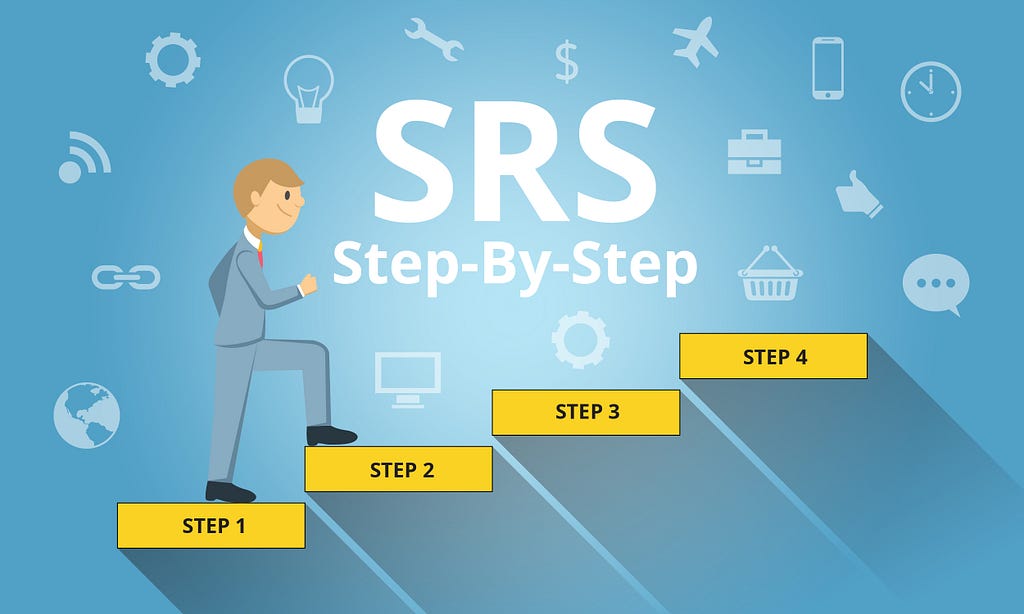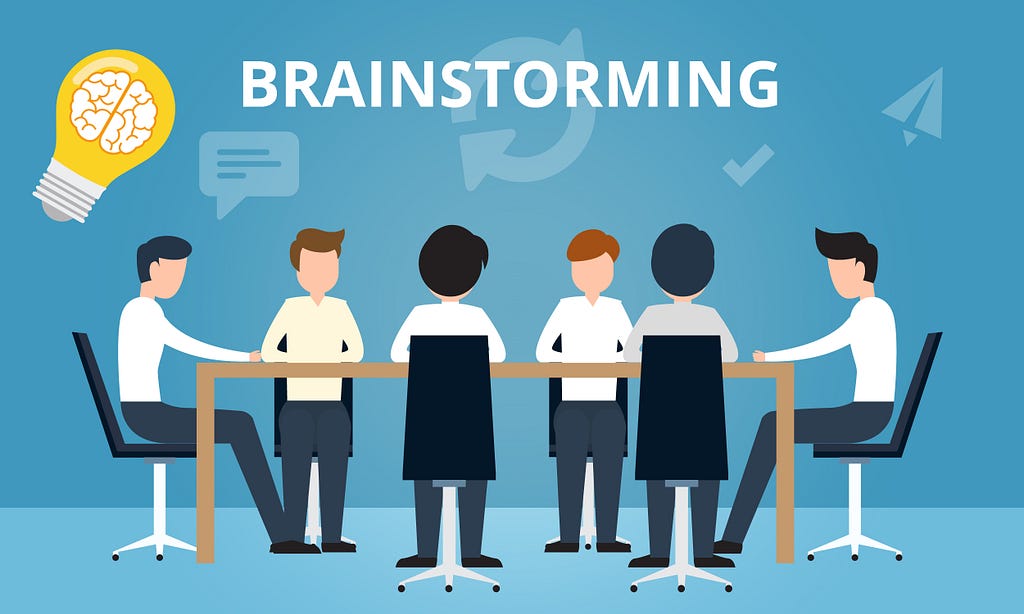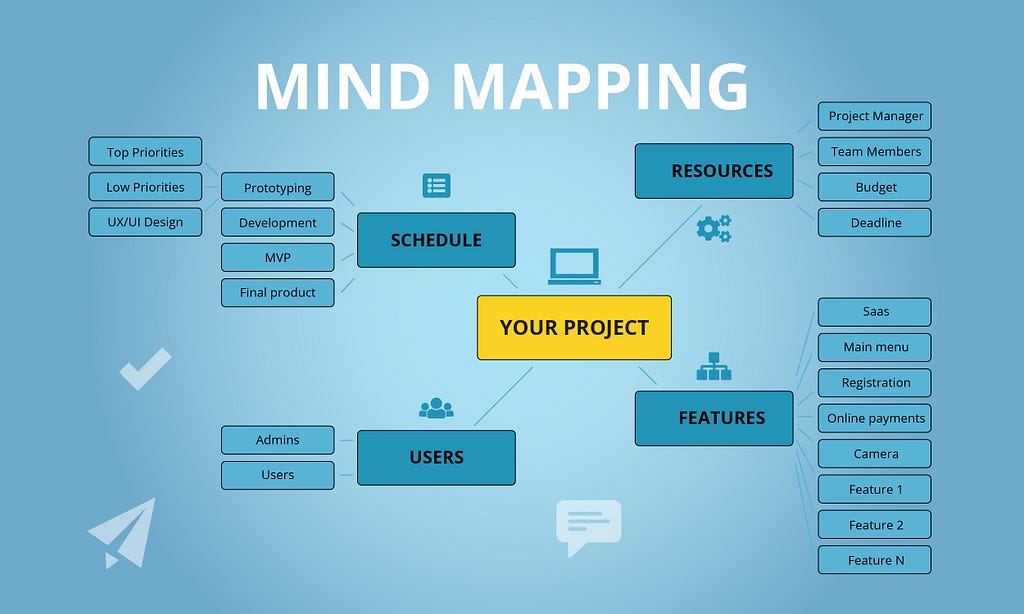Latest news about Bitcoin and all cryptocurrencies. Your daily crypto news habit.

When you seek web development services, any company will want to see your system requirements specification (SRS). If you do not understand how to create an SRS for a web application, this article will guide you through the process. We’ll also add an SRS template example you can use to expedite the development of your project.
What if a System Requirements Specification?
An SRS is a document that contains the goals and measurable outcomes of the development process. With a single glance at an SRS, any project’s stakeholder can understand what the finished product should look like and which features to possess. We’ve already covered the major steps of creating an SRS in a previous article that includes a downloadable SRS document template. You can use it to outline critical requirements, identify the quantifiable parameters and set the constraints of your project.
What are system requirements?
When you create your own app, get a clear picture of the industry you wish to conquer and the competition. Depending on whether you offer retail products, consulting services or SaaS solutions, most of the requirements will differ. Still, some demands are standard for all software products, like:
- database for storing product or user information;
- frontend for comfortable user interaction and backend for information processing;
- user hierarchy with separate access rights and features for admins and users;
- third-party software products integration;
- cross-platform support for desktop, tablet, and mobile users;
- scalability to accommodate the project’s future expansion.
These are non-functional requirements that can be the same across multiple industries. They elaborate the performance of the system, showcase HOW it should operate. Functional requirements outline the system’s behavior or WHAT it should do under different circumstances and in various use scenarios.
Functional requirements make people fall in love with your products, and non-functional requirements make them stay. Still, to carve yourself a place in the over-saturated market, you need to come up with unique features no one else offers. The easiest and most descriptive way to manage user wishes, cases, and corresponding features is a mind map. It will let all stakeholders see the big picture and have an intimate understanding of the project’s features.
How to use mind mapping to develop an SRS?
When you have a brilliant idea for a web app and look for a web development company to make it happen, the last thing you want to do is write a lengthy technical document. There is a more pleasant way to go about requirement elicitation — by starting with a brainstorming session on the product’s major features and turning the results into an actionable mind map. Here is a quick overview of the process:
- Identify the users of your app and their big wish during an interview.
- Create a big picture mind map to answer the questions Why, Who and When. Who will benefit from your solution? Why do they need it? When will they use your product?
- Develop user stories mind map to follow different scenarios and understand which features will meet the users’ needs.
- Based on the user stories mind map, estimate the functional features, plan and prioritize their development.
- Transfer the mind map data into an SRS. The structured document can help you come up with new ideas to add to the mind map.
- Update and broaden the mind map as you develop a better understanding of users’ needs and requirements and plan the development process.
There is no need to waste days on drawing a complex mind map with detailed explanations for all features. Instead, concentrate on critical concepts and explain them in an SRS. You will transfer the document to the chosen software development services provider, so your SRS should be as detailed as possible, explaining all your wishes. Remember to make each parameter quantifiable to ensure you can confirm the requirement was met.
Include any constraints you deem necessary for the project, like budget and timeframe. If the app developer team can’t complete the work on time or within the allotted sum, prioritize the features and eliminate those that aren’t critical to the project’s success.
Now you know how to go from a brainstorming session to a vivid mind map to an actionable SRS. This process is much easier than developing an SRS document from the ground up if you have no previous experience.
If you only have a software requirements specification template and no idea how to handle it, reach out to our team. We’ll help you develop a comprehensive SRS for your project. Or send your SRS to FreshCode to get a quote now.
Click through to FreshCode blog if you want more actionable tips on project management, choosing an offshore custom software development company and latest IT trends. Sing up to our newsletter and be the first to get a fresh batch of helpful tips.
Did you like the article? Clap us please! Share article with other people on Medium.
Feel free to contact us on our FreshCode website
Original Creating SRS Step-By-Step By Analyzing Requirements
Creating SRS Step-By-Step By Analyzing Requirements was originally published in Hacker Noon on Medium, where people are continuing the conversation by highlighting and responding to this story.
Disclaimer
The views and opinions expressed in this article are solely those of the authors and do not reflect the views of Bitcoin Insider. Every investment and trading move involves risk - this is especially true for cryptocurrencies given their volatility. We strongly advise our readers to conduct their own research when making a decision.


